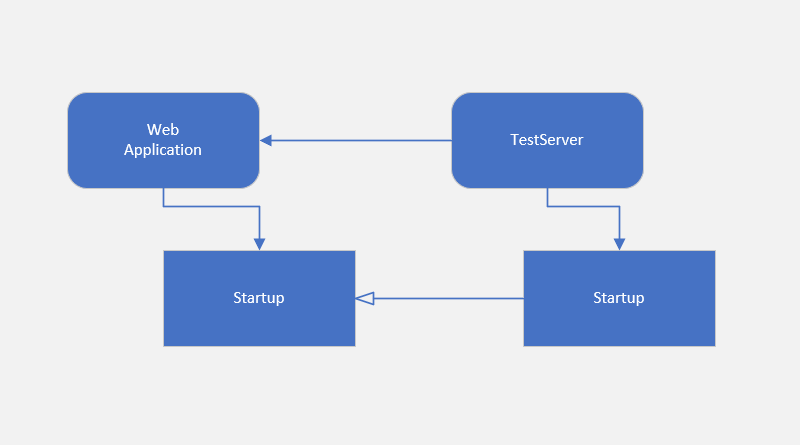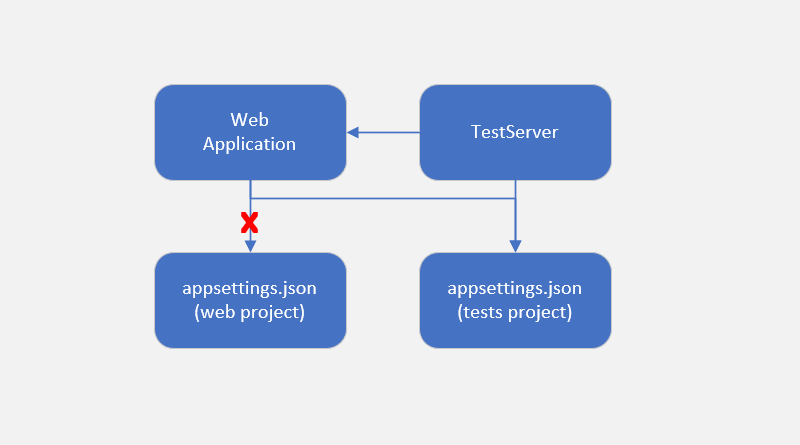Using query strings in ASP.NET Core unit tests
Using query string in controller unit tests is actually easy until we don’t need anything more advanced. We can buld up a string with query parameters and go with it. But what if things get more complex and we need encoding or multiple values? Here’s how to build safe query string for ASP.NET COre controller unit tests.
Read more








